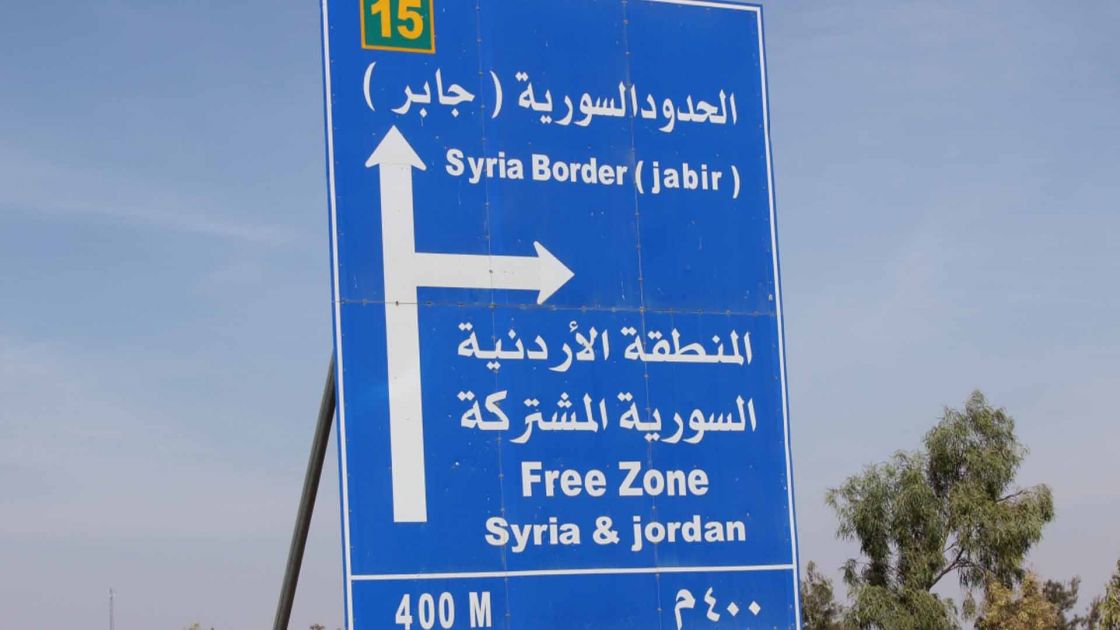- Editorials
- Posted
Kassioun Editorial 1158: What is Meant by “Safe Zones”?
Violence and military activity started in Syria less than a year after protests began in March 2011. As violence gradually dominated, ending up completely taking over the scene, expressions such as “safe zones”, “buffer zones”, and “no-fly zones” started emerging. Individuals and entities categorized as Syrian opposition were the first to demand them. Majority of those individuals and entities were, in reality, implementers of regional and international agendas. They helped and offered the pretexts necessary to destroy, undermine, and change the path of the popular movement. In the end, they helped their counterparts of extremists within the regime to prevent the required and deserved process of national democratic change.
Years later, Turkey employed the “buffer zone” and “safe zone” expressions and used them for military incursion and occupation of parts of Syrian territory in the northwest and northeast, under the pretext of defending Turkish national security.
Now, there are voices rising, albeit still limited in reach and influence, calling for a “buffer/safe” zone in southern Syria, under the pretext of combatting drug trade and defending Jordanian national security.
It goes without saying that every country has the right to look for appropriate ways to protect its national security, especially when it borders a country experiencing one of the worst and deepest crises in the 21st century, and is dominated by chaos and inhumane living conditions that open the door to all adversities and risks.
However, it also goes without saying that any country that wants to defend its national security, must take into consideration two things. The first thing is abiding by international law, and mainly not attacking the sovereignty of other countries or other peoples. The second is looking for means that secure real solutions and do not lead to exacerbation of crises and risks, for its neighbors or for itself.
If we assume that each of Turkey, Iraq, and Jordan, will establish “safe zones” – safe for them – within Syrian territory, of a 30 km depth, and the length of borders with each of them is 909 km, 599 km, and 37km, respectively, then the total area of those supposed “safe zones” is 56,490 sq km, which is more than 30% of the total area of Syria. If we add to that the fact there is already de facto partition of Syria, that will lead to fragmenting Syria and completely ending it. Currently, putting aside talk about the supposed “safe zones”, Syrian territory has approximately seven distinct areas: areas controlling by the Syrian regime, Idlib and part of its surroundings where al-Nusra Front is present, the Turkish occupation and with it the “National Army” areas, the northeast and within it the US occupation, al-Tanf area and within it the American and British bases, southern Syria areas with all its complexities and details, and the Syrian Golan under “Israeli” occupation.
Going back to the main issue, the countries neighboring Syria that want to legally and practically maintain their security have two tools: the first can be said to be emergency tools, and the second is strategic.
As for the first tools, they indeed include establishing “safe zones”. However, those should not be established on Syrian territory, but within the borders of the countries that feel they are under threat. These zones could be 30 km deep or 100 km, if those countries wish. The ability of any country to secure part of their territory and perfectly turning it in a safe space and a monitory space, is a thousand time easier than securing itself by getting involved within the territory of another country. This is especially so since the types of threats in question do not include any intention or ability of any Syrian side to occupy part of the neighboring country, for example. The issues at question are focused on narcotics and terrorism.
For example, Jordan can establish a buffer zone in its northern territory, which are already scarcely populated areas, which makes the task easier. Then Jordan can sever the narcotic smugglings networks, which are essential for the smuggling process and without which drug smuggling cannot be completed. Then the threat is over, at least for the most part.
As for the second tool – the strategic one – it is the actual involvement in pushing towards real stability in Syria, through a comprehensive political solution on the basis of UNSC Resolution 2254. This requires severing connection with American-British and Zionist projects in our region, including the “step for step” project and the like. Syria will continue to be a dangerous place for its people and its neighbors as long as its crisis continues, and as long as there is no comprehensive political solution, which is a way out not only for Syria, but for all neighboring countries. Thus, it is not surprising that the Zionist entity, while it is receiving blows, continues its feverish efforts to keep Syria in its deteriorating situation and prevent any possibility that it stands again, and the enemies of a political solution in Syria, in their different types and forms, are helping the Zionist entity with that.


